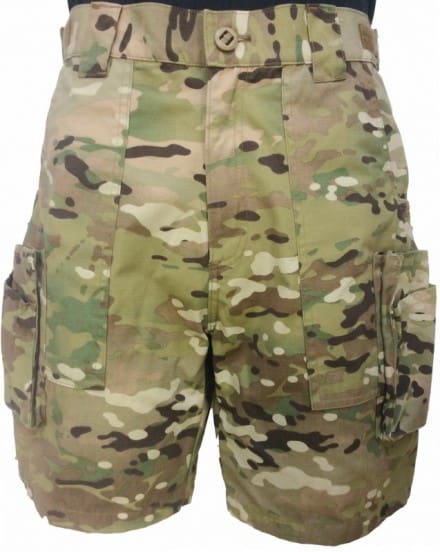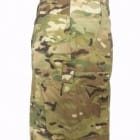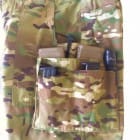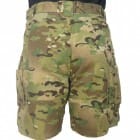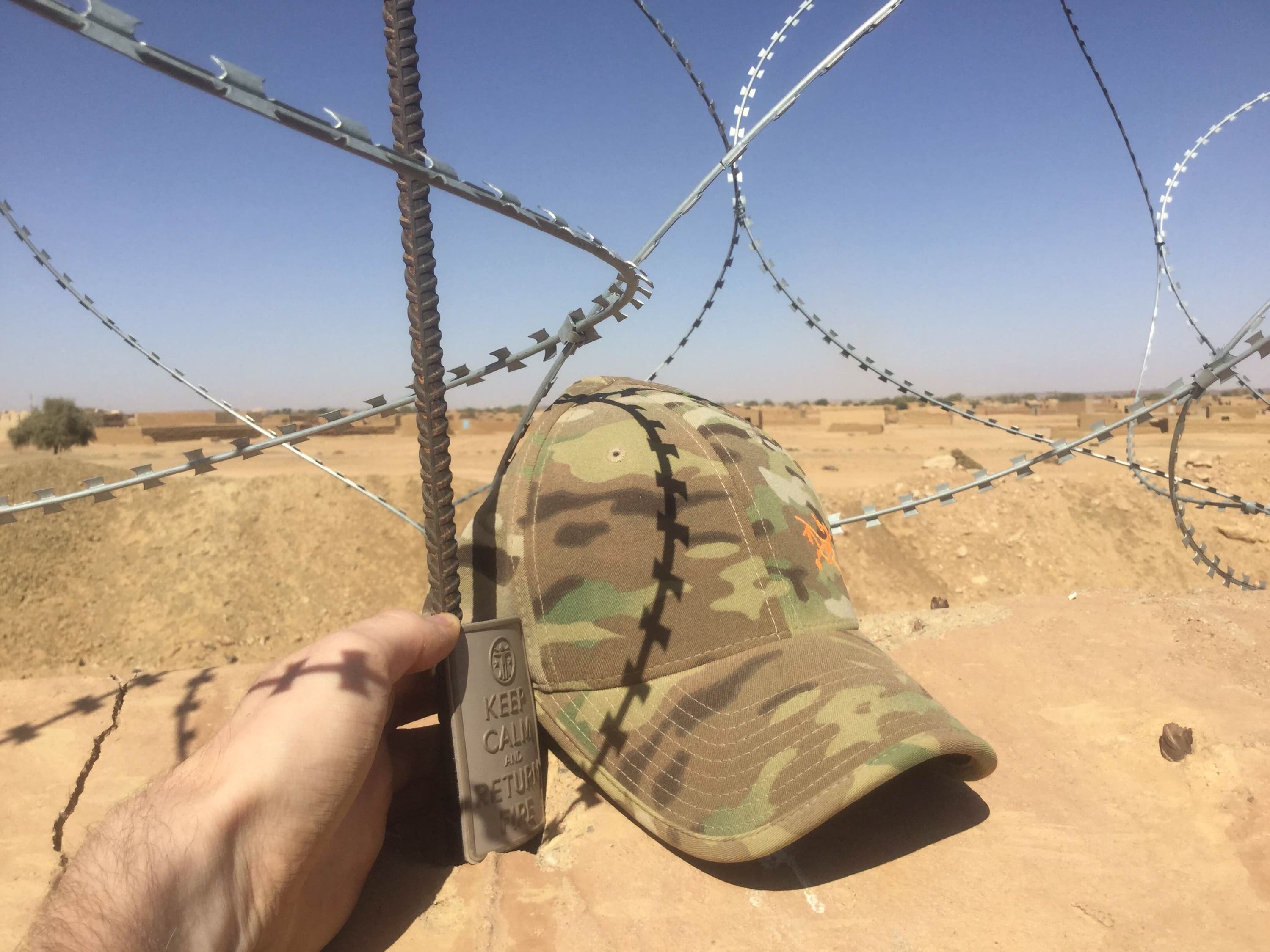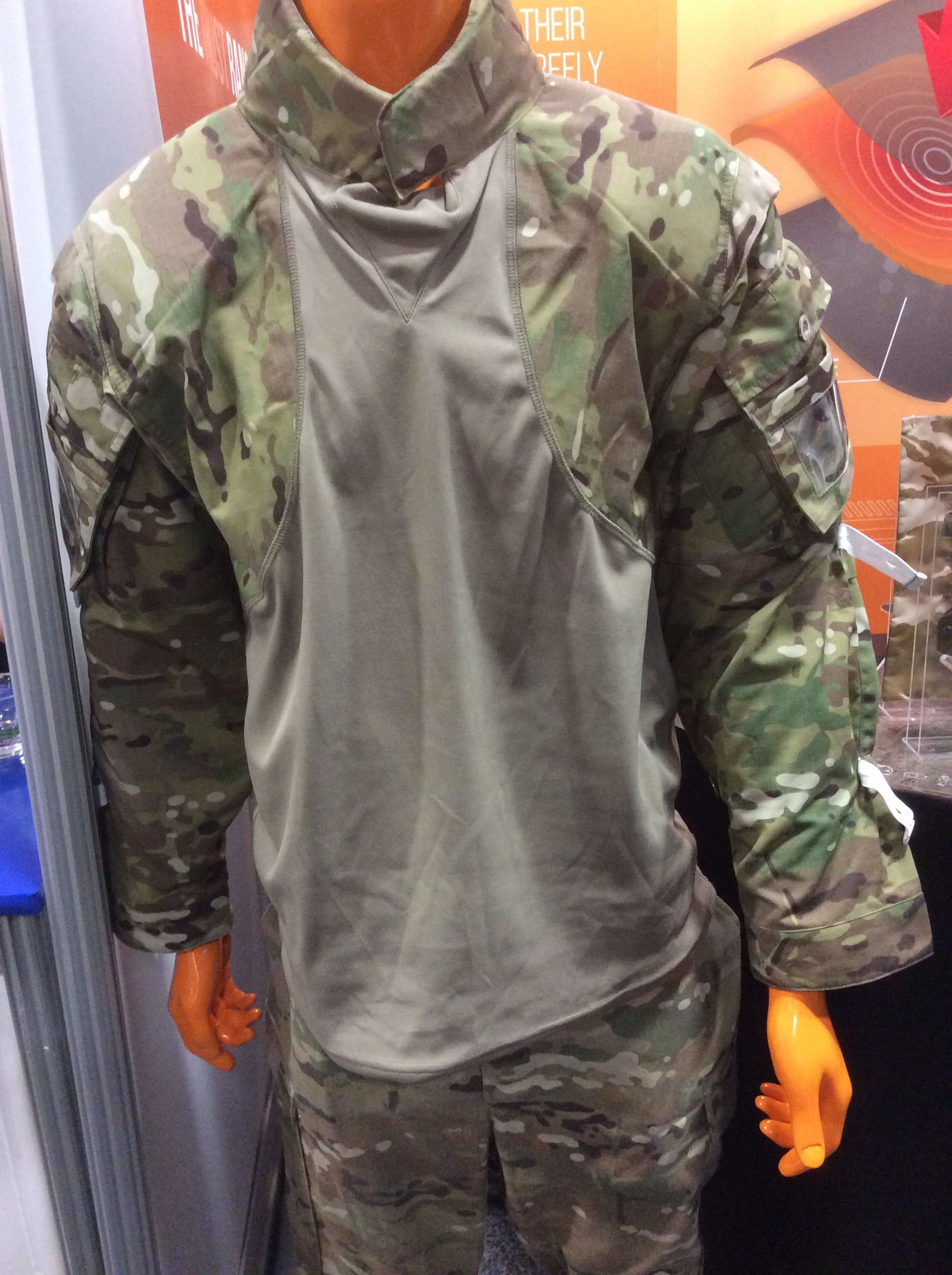From Chief of Staff of the Army GEN Ray Odierno’s lips to our ears during a Virtual Town Hall earlier this week, we learn that the Army is adopting MultiCam. That’s not really true, but it’s gold like this that undermines the Army’s assertion that the Operational Camouflage Pattern (developed as Scorpion W2) Army recently adopted by the Army is distinctly different from the MultiCam it replaces. As you know, the MultiCam camouflage pattern was developed for commercial use by Crye Precision and adopted initially by USSOCOM for worldwide use and then later by the Army and US Air Force specifically for wear in Afghanistan starting in 2010. The CSA was right about that part.
Unfortunately, licensing negotiations between the Army and Crye Precision to field MultiCam to the entire force stalled last Spring due to Army inaction, resulting instead in the Army choosing to field a home brewed variant of the Scorpion pattern developed by Crye Associates in the early 2000s. This pattern, referred to as Operational Camouflage Pattern features coloration and shapes similar to MultiCam although the Army has asserted that it is a distinctly different pattern. Below we see the two patterns together with the MultiCam atop Scorpion W2.
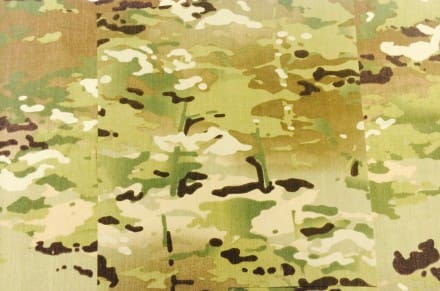
Remember, in Army parlance OCP is OCP, regardless if it is the MultiCam variant or the new Scorpion W2 version. MultiCam will continued to be fielded by the Army under the name OCP. However, MultiCam is a brand name of a commercially available pattern, that the US Army did not select as its new camouflage. Mistake or not, the Army should not be referring to OCP as MultiCam. Otherwise, they are misleading Soldiers and applying the proven effectiveness of MultiCam to the as-yet-unproven Scorpion W2. If GEN Odierno’s comments were in fact a mistake, then it shows that there’s really no difference between the two and calls into question the Army’s actions to field a pattern without paying for it.




